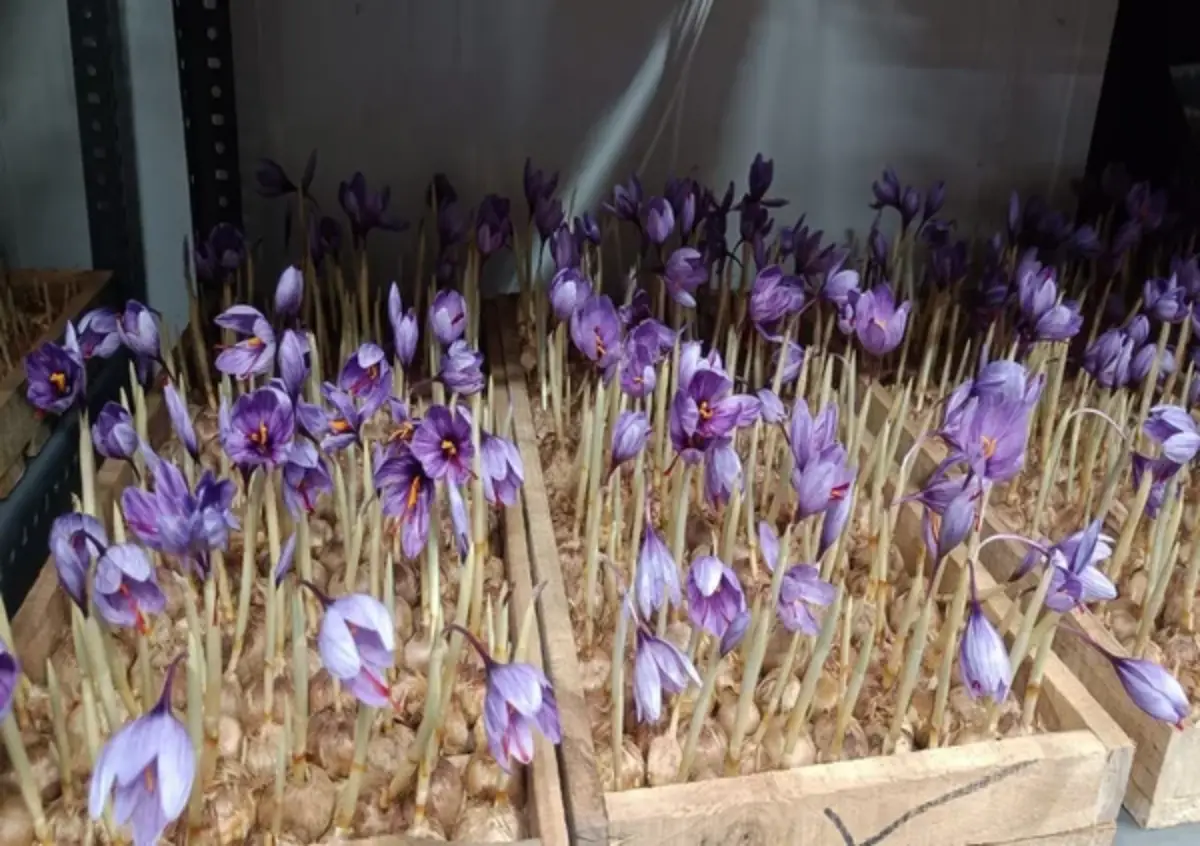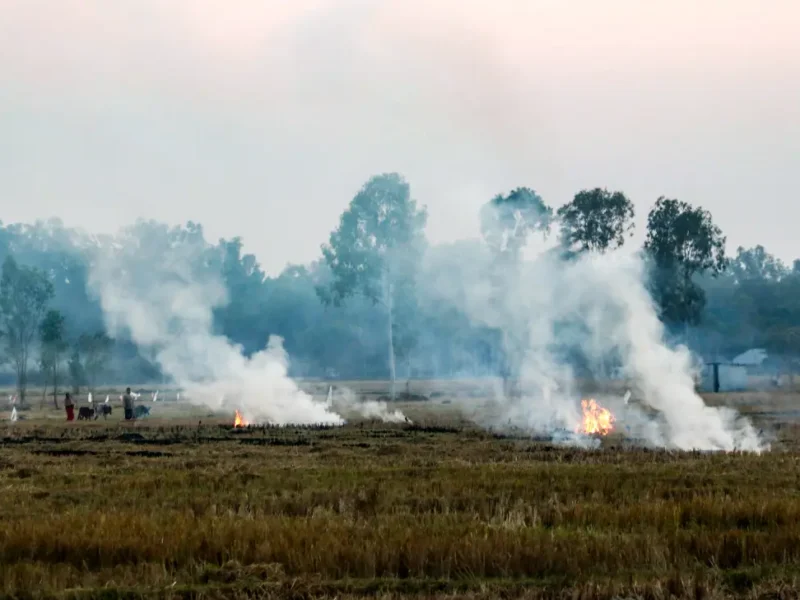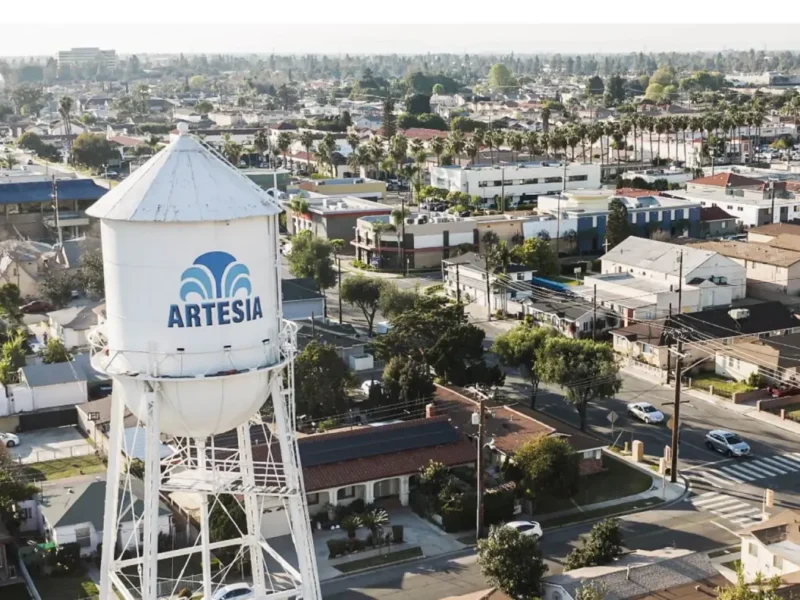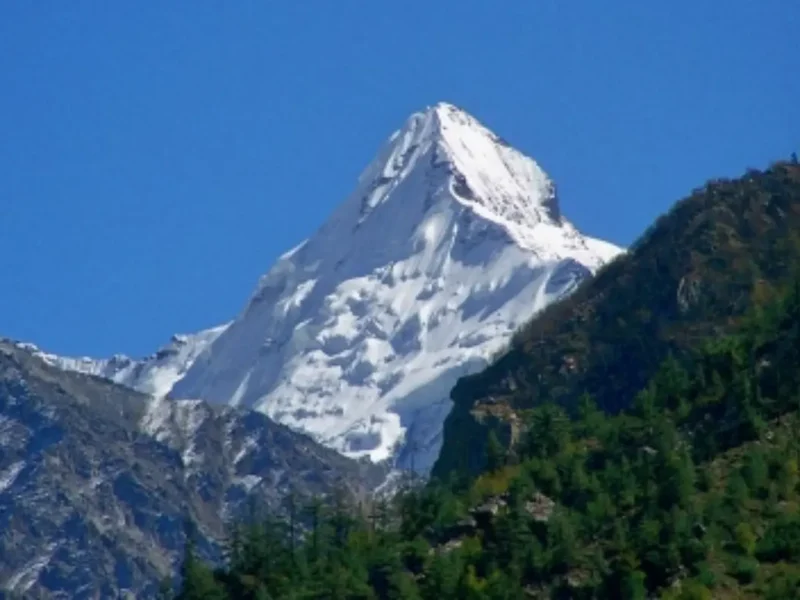
Kashmir’s Saffron Farmers Turn To Indoor Cultivation Amid Climate Changes
PAMPORE, (Reuters) – Nestled in a picturesque valley beneath the snow-capped Himalayas lies Pampore, a town in the Kashmir region, celebrated as the heartland of saffron cultivation. Known for producing the world’s most expensive spice, saffron, this region is synonymous with the vibrant red threads that fetch up to $3,800 per kilogram due to the painstaking labor involved in harvesting.
Each October, Pampore’s fields are blanketed in a sea of bright purple as crocus flowers bloom, their fragrant red stigmas meticulously handpicked to be used in culinary delicacies like paella, as well as in perfumes and dyes.
“I am proud to cultivate this crop,” said Nisar Ahmad Malik, a farmer tending his ancestral saffron fields. Malik remains steadfast in his traditional methods, attributing the “rich color, fragrance, and aroma” of his produce to age-old practices.
However, climate change and rapid urbanization are forcing a shift in how saffron is cultivated. Experts warn that rising temperatures and erratic rainfall are jeopardizing the crop, with production plummeting from 8 metric tons in 2010-11 to just 2.6 metric tons in 2023-24, according to government data.
To counter these challenges, scientists and farmers are exploring innovative indoor cultivation methods. The Indian Council of Scientific & Industrial Research has highlighted the urgent need to protect Pampore’s saffron fields from urban encroachment and climate-related threats.
At Sher-e-Kashmir University of Agricultural Sciences, researchers like Dr. Bashir Ilahi have been experimenting with growing saffron in controlled environments. Tubes filled with moisture and essential nutrients mimic optimal conditions for crocus plants, shielding them from adverse weather.
“Growing saffron in a controlled environment demonstrates temperature resistance and significantly reduces the risk of crop failure,” Ilahi explained, standing amid stacks of crates filled with saffron-bearing tubes in his laboratory.
Local farmers, too, are beginning to embrace this shift. Abdul Majeed, president of Kashmir’s Saffron Growers Association, has been cultivating saffron indoors for several years and is optimistic about its potential. “It is an amazing innovation,” Majeed said, noting how this approach could secure the future of saffron farming in Kashmir.
Despite its promise, farmers like Manzoor Ahmad Mir are calling for more government support to scale up these efforts. “The government should promote indoor saffron cultivation on a much larger scale as climate change is affecting the entire world, and Kashmir is no exception,” Mir urged.
As Pampore’s saffron fields face mounting pressures, indoor farming offers a lifeline to sustain this centuries-old tradition, ensuring that the town remains synonymous with the prized spice.



